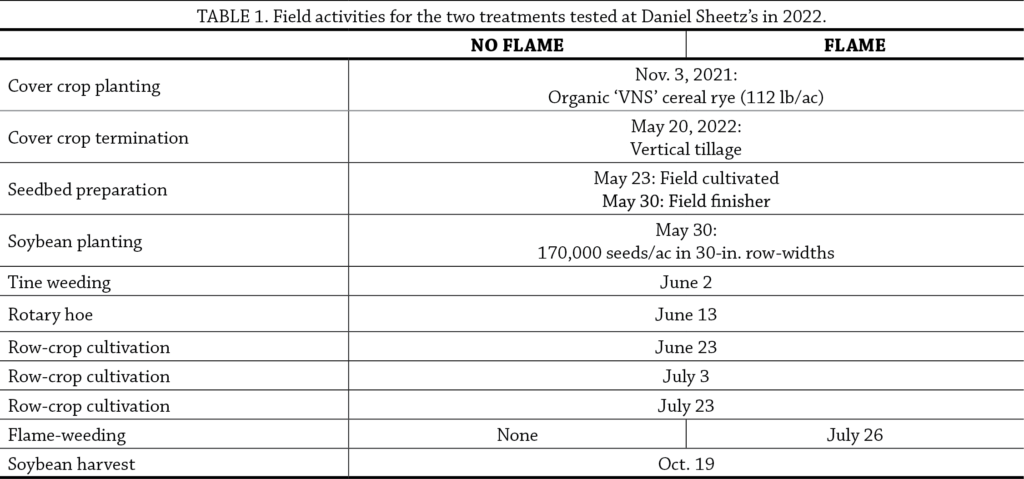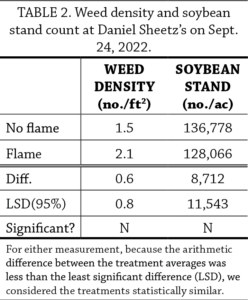This research was funded by the Walton Family Foundation.
In a Nutshell:
- In propane-fueled flame weeding, weed plant tissues are exposed to propane-fueled flames. The exposure to such great heat causes plant cells to rupture, which reduces the weed’s ability to survive.
- Daniel Sheetz wished to learn if flame-weeding could be a viable option in organic soybean production, which typically entails several tillage passes for weed control.
Key Findings:
- Compared with his typical practice, adding a flame-weeding pass did not improve weed control or soybean yields.
- The flame-weeding pass occurred a bit later than Sheetz intended but he was impressed with how well the soybeans withstood the heat from the flamer in late July.
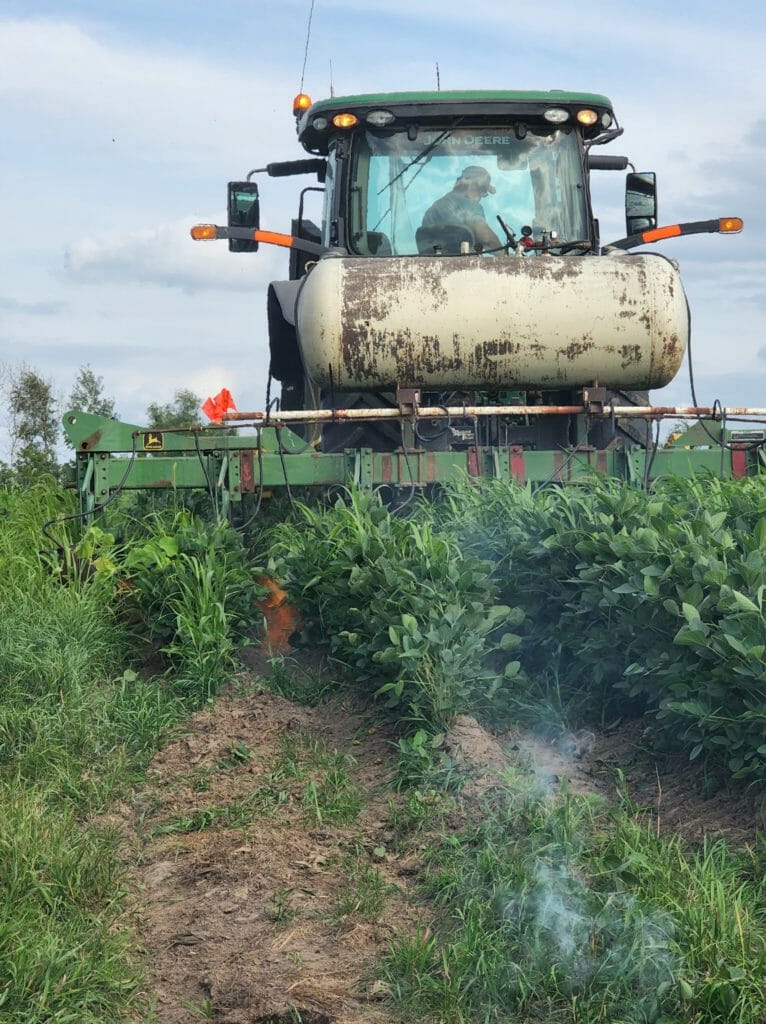
Daniel Sheetz flame-weeded soybeans with a six-row flame cultivator kit mounted to a cultivator tool bar on July 26, 2022.
Methods
Design
After terminating a cereal rye cover crop with vertical tillage on May 20, Sheetz planted soybeans in 30-in. row-widths at a population of 170,000 seeds/ac on May 30. He then compared two weed management strategies, one of which involved flame-weeding:
- No flame: Standard practice. Tine-weeding, rotary hoe, cultivation.
- Flame: Flame-weed soybeans at approximately V5 stage using a 6-row flame cultivator kit attached to a cultivator tool bar. In addition to cultivation passes.
Both treatments were replicated four times for a total of eight strips (Figure A1). Each strip measured 22 ft wide by 400 ft long. Field management is provided in Table 1 below.
Measurements
Sheetz documented weed densities by counting the number of weeds from within a 3-ft diameter hula hoop randomly placed in five locations in each strip on Sept. 24. Sheetz also documented soybean stand counts at five locations within each strip on Sept. 24. Soybeans were harvested from each individual strip on Oct. 19 and corrected to 13% moisture for analysis.
Data analysis
To evaluate the effect of flame-weeding on weeds and soybeans, we calculated the least significant difference (LSD) at the 95% confidence level using a t-test. If the difference between any two of the treatments was greater than the LSD, we would expect such a difference to occur 95 times out of 100 under the same conditions – we refer to this as a statistically significant effect. On the other hand, if the resulting difference between any two treatments was less than the LSD, we would consider the results to be statistically similar. We could make these statistical calculations because Sheetz’s experimental design involved replication of the two treatments (Figure A1).
Results and Discussion
Weed density
Sheetz saw no difference in the number of weeds observed between the two treatments in late September (Table 2). In other words, the flame-weeding pass in late July provided no better weed control than forgoing the flame-weeding. On average, Sheetz observed 1.8 weeds per square-foot.
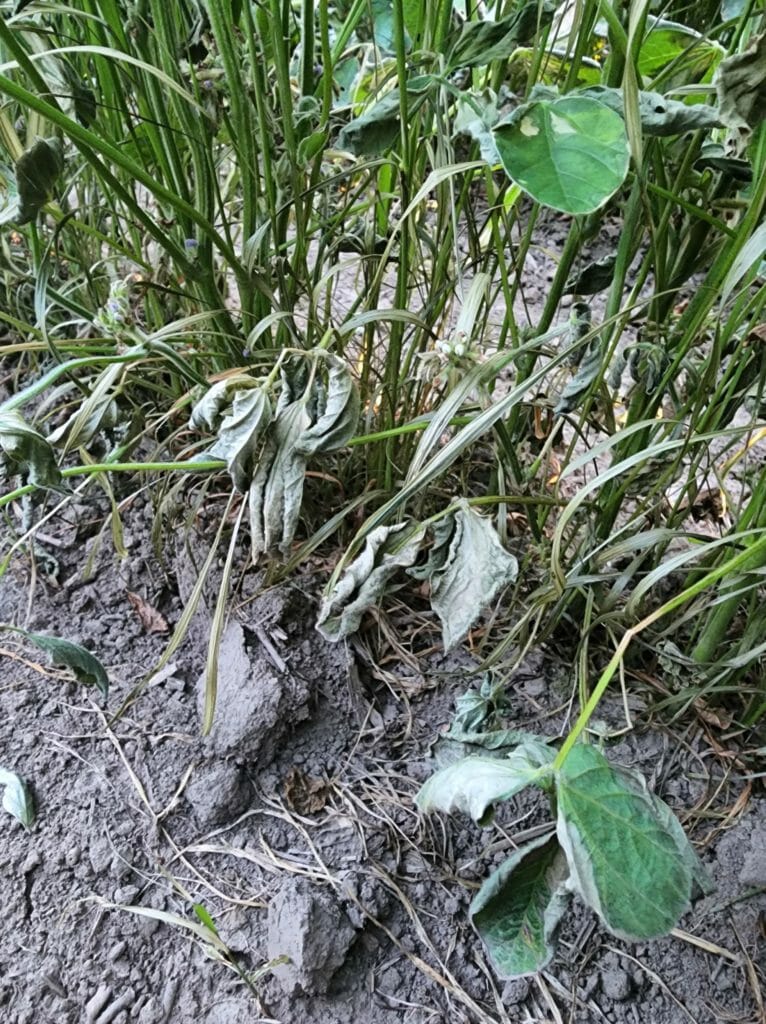
Weeds in the soybean row (as well as the bottom leaves of the soybeans) showed injury from flame-weeding three days prior at Daniel Sheetz’s. Photo taken on July 29, 2022.
Soybean stand count
The number of soybean plants per acre did not differ between the two treatments (Table 2). Sheetz documented 132,422 plants/ac on average (recall planting population was 170,000 seeds/ac). He was impressed that the soybeans withstood the heat from flaming in July and that stands were not reduced.
Soybean yield
Soybean yields did not statistically differ between the flame and no-flame treatments (Figure 1). Across both treatments, the field averaged 55 bu/ac of organic soybeans. Impressive yields considering drought conditions resulting from far less precipitation than normal in June, August and September (Figure A2).
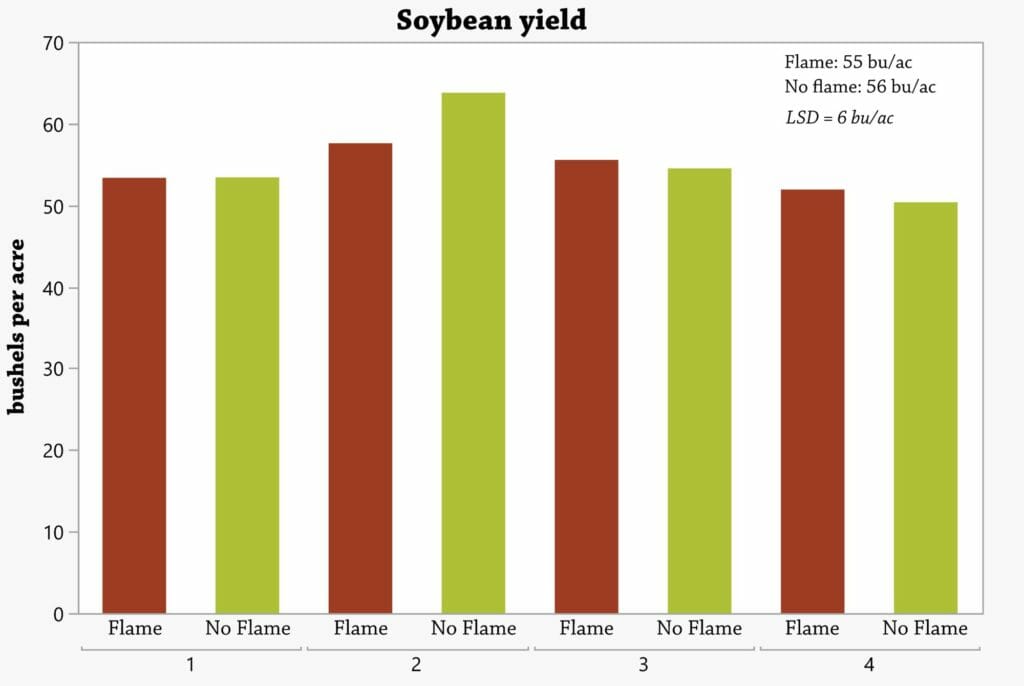
FIGURE 1: Organic soybean yields at Daniel Sheetz’s, harvested on Oct. 19, 2022. Each column represents the yield from an individual strip and in the upper right are the treatment averages. Because the difference between the treatment averages is less than the least significant difference (LSD = 6 bu/ac), we considered soybean yields to be statistically similar between the flame and no-flame treatments.
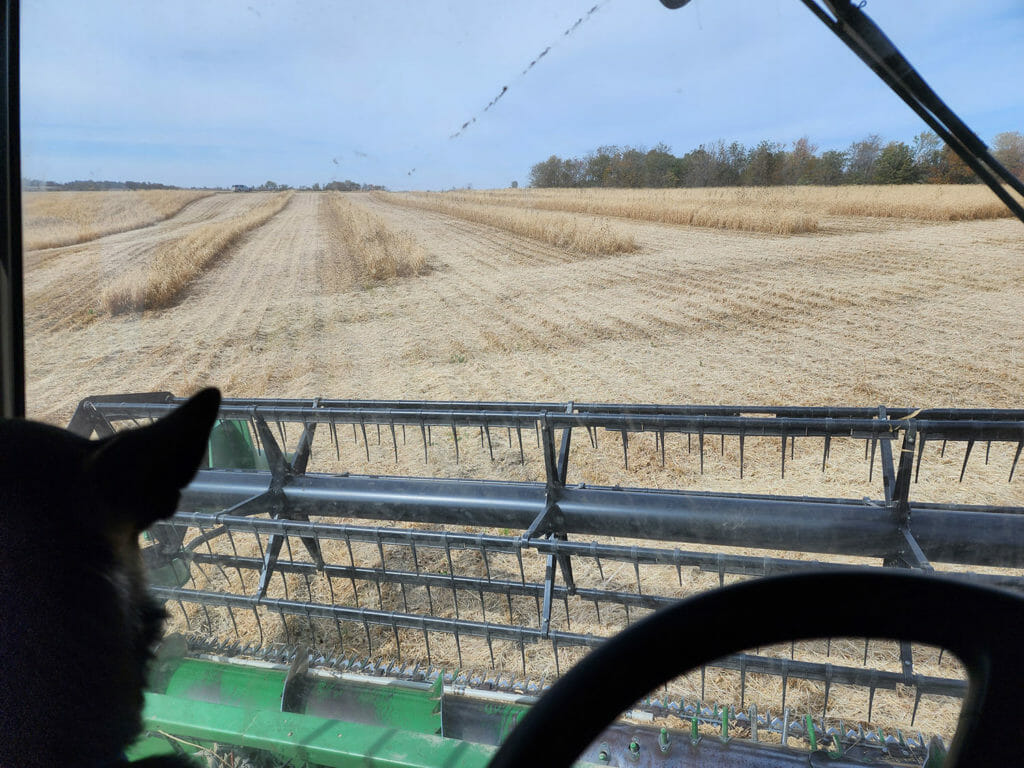
Daniel Sheetz (and canine companion) harvested the centers of each strip of soybeans on Oct. 19, 2022.
Conclusions and Next Steps
“Flame weeding is a slow process and I would need to increase the size of my flame-weeder to make flame weeding a viable option in my operation,” Sheetz said when reflecting on the trial’s results. Because flame-weeding did not improve weed control or improve soybean yields, the flame-weeding pass turned out to be an extra, unnecessary field operation. “My flame-weeding pass was later than planned, therefore the results were less than I expected,” Sheetz said because the original plan was for flame-weeding to occur between the first and second cultivation passes. In the trial, the flame-weeding occurred after the third cultivation pass (Table 1). “The timing of the flame-weeding is probably important in order to acquire more relevant results,” Sheetz said. He also noted that earlier flame-weeding may have been more effective when weeds were smaller.
Appendix – Trial Design and Weather Conditions
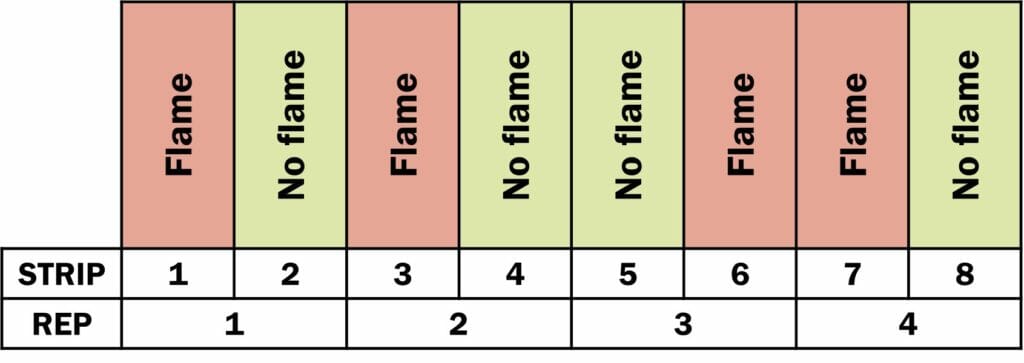
FIGURE A1. Daniel Sheetz’s experimental design consisted of four replications of both treatments. This design allowed for statistical analysis of the data.
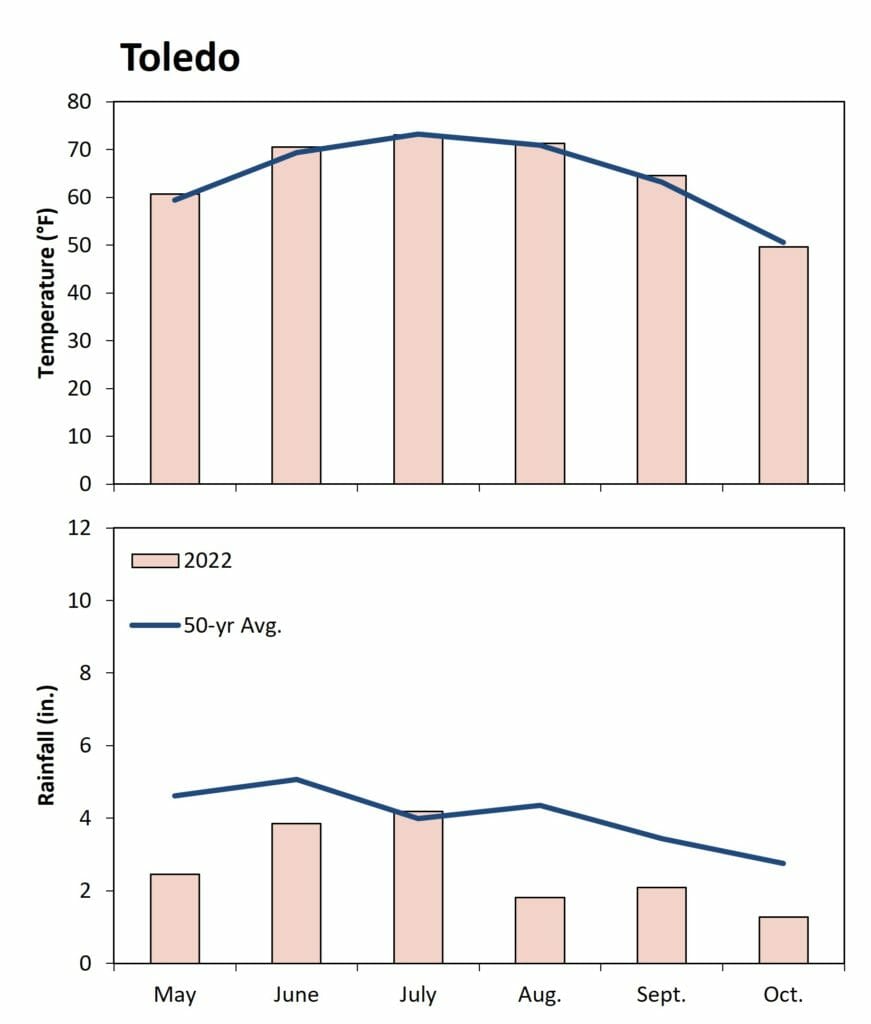
FIGURE A2. Mean monthly temperature and rainfall during the trial period and the long-term averages at Toledo, the nearest weather station to Sheetz’s farm.[1]
References
- Iowa Environmental Mesonet. 2022. Climodat Reports. Iowa State University. http://mesonet.agron.iastate.edu/climodat/ (accessed December 2022).


